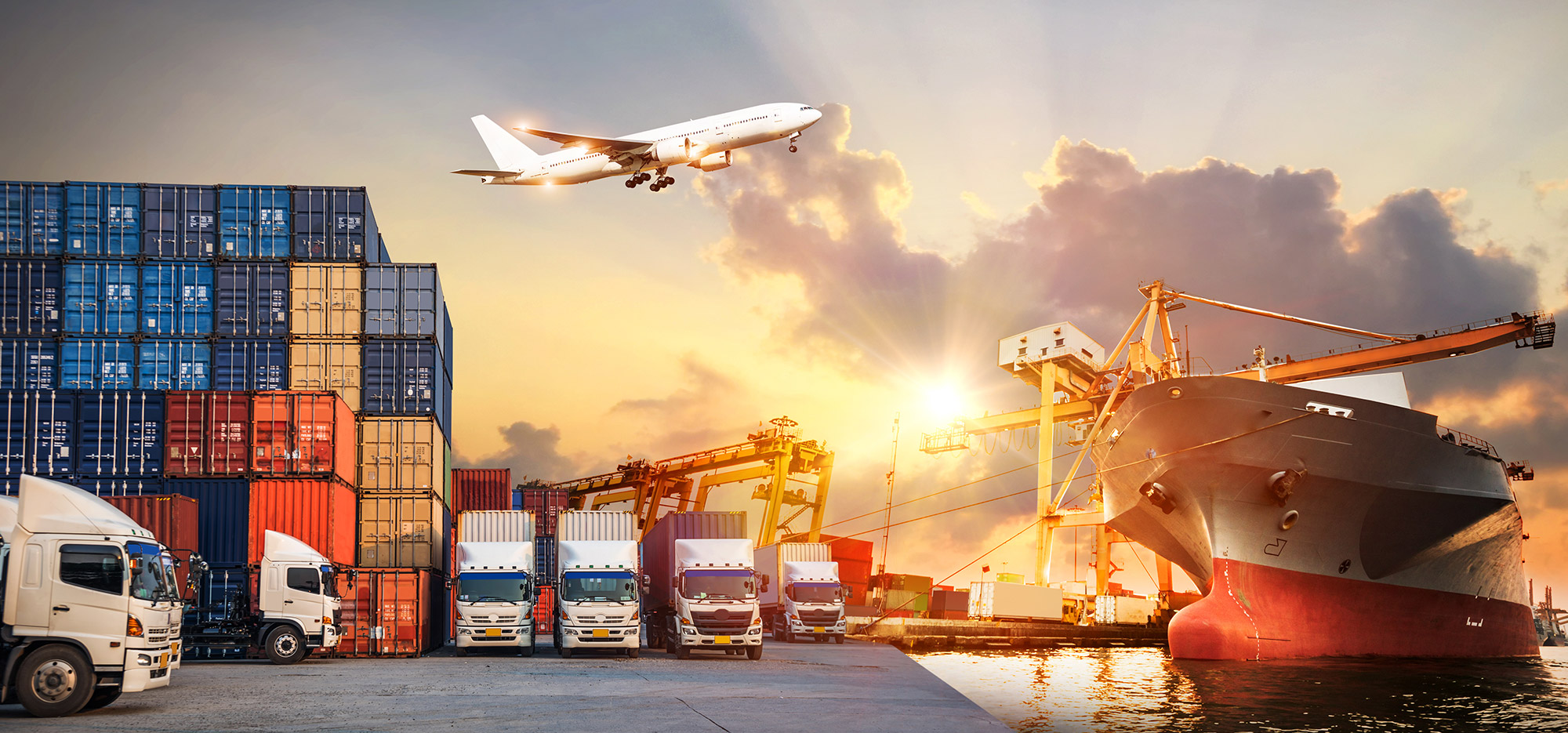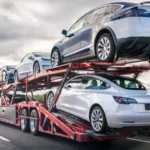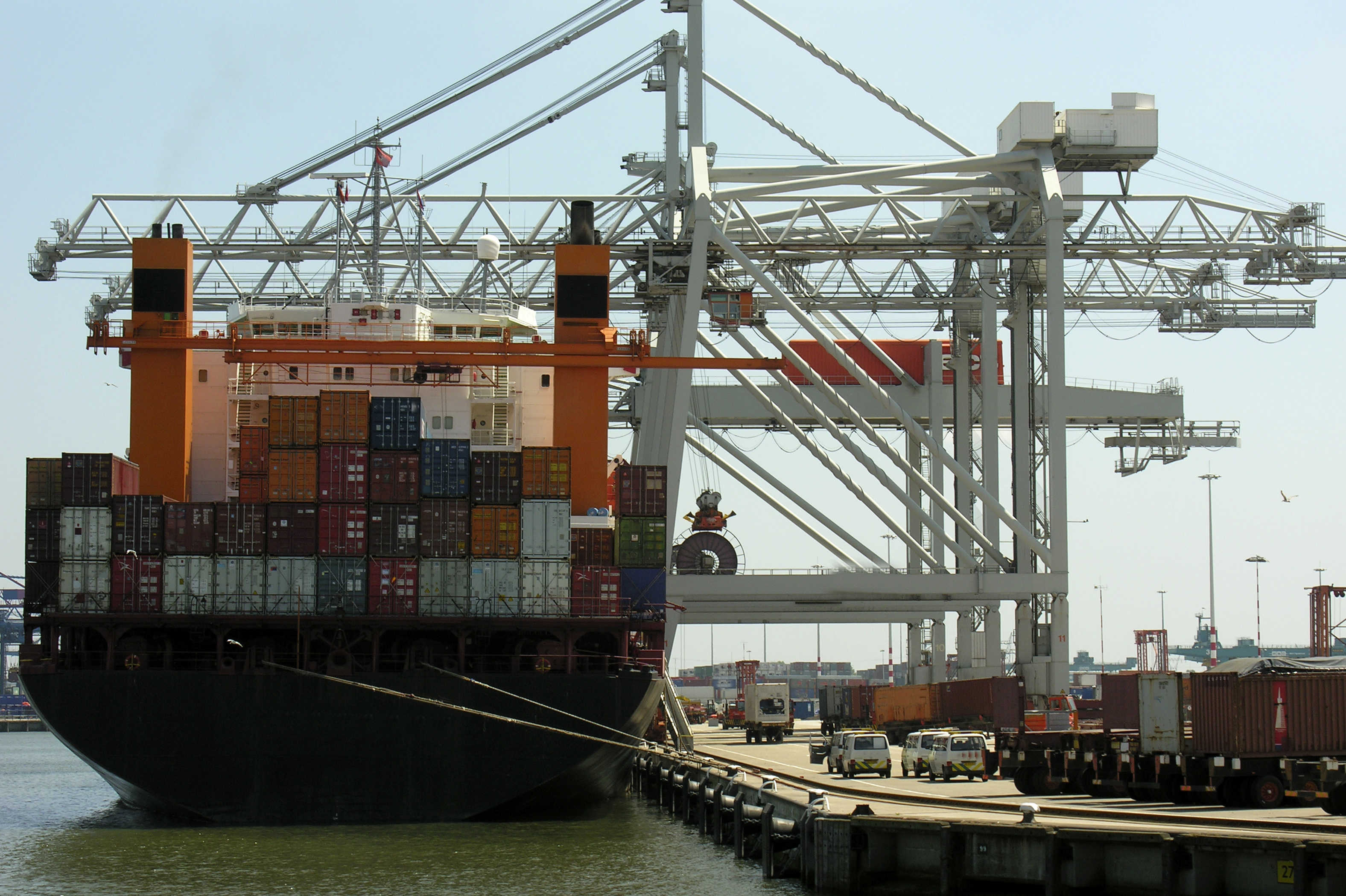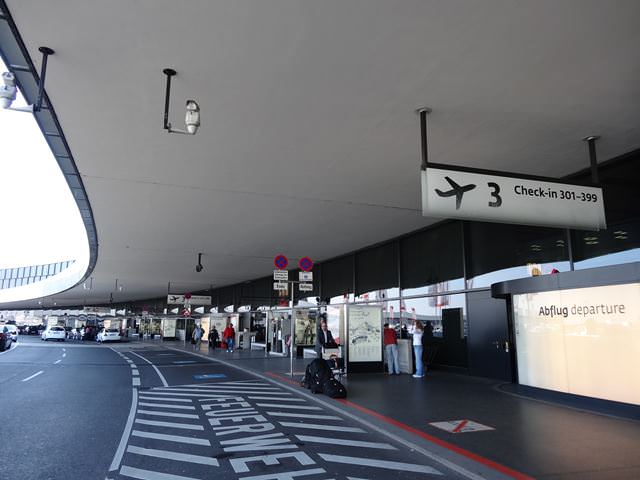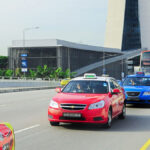Transport and logistics: Have you ever wondered what the difference, in fact, is from this concept to the transportation of products? Well, in fact, these two terms are complete: the locomotion of goods is part of a fundamental stage of logistics. Basically, it consists of a set of activities that involves the planning, execution and control of the transportation of these products.
In this way, the synergy between logistics and transportation is fundamental for the business to present a good performance and deliver value to the end user. Continue reading to get even deeper into the themes!
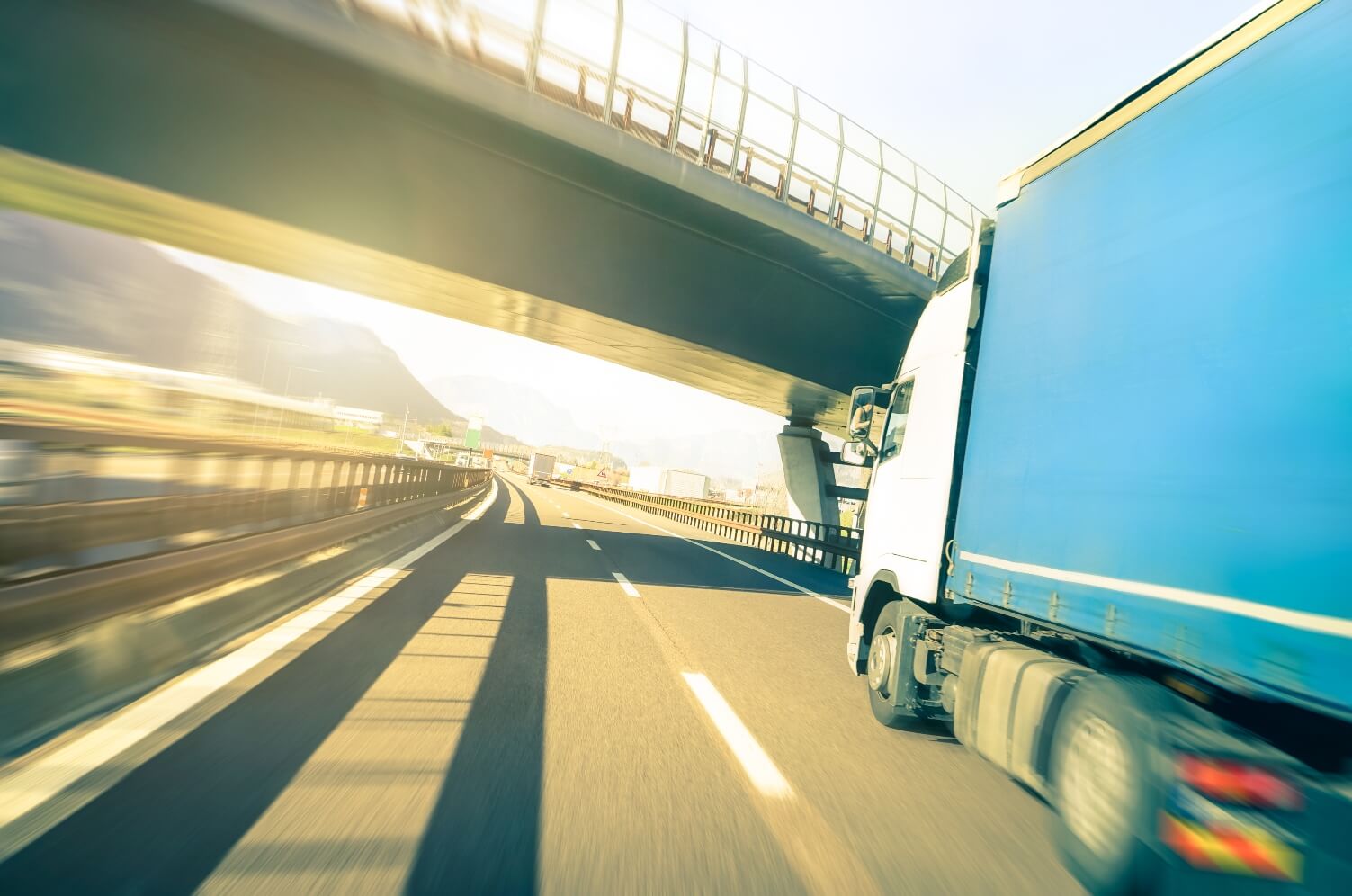
Transportation: loading modes
The choice of modal is something quite strategic for the business. There are basically five options. To choose the type of transport that is right for your type of business, for example, it is important to take into consideration the shipment (การ ส่ง สินค้า ทาง เรือ, which is the term in Thai) that will be transported, the time available for transportation, the itinerary and the cost. See the types of transportation:
- Air transport: Carried out by airplanes. It is generally the most recommended way to load products that require more security and have delivery emergencies between distant destinations.
- Waterway transport: Known as aquatic or waterway, the modal is used to load pieces of great volume and weight. Typically, loading is done on ferries and large vessels.
- Duct transport: It happens through ducts or tubes. It is often used in the transport of dangerous goods, which refer to products that may pose risks to the health, the environment or the safety of the population.
- Rail transport: Made from rails by trains, is usually used for loading large volumes between greater distances.
- Road transport: The most used national mode. It is ideal for different types of distances and can be used to carry the most varied types of merchandise.

